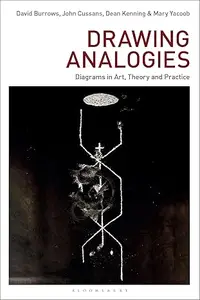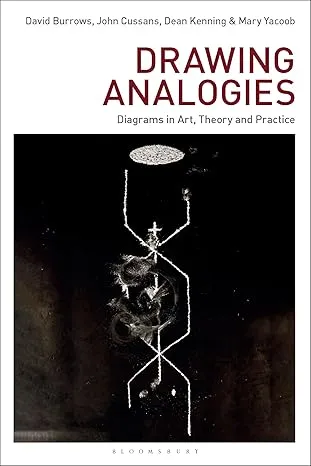Drawing Analogies: Diagrams in Art, Theory and Practice
by David Burrows, John Cussans
English | 2025 | ISBN: 1350334731 | 276 Pages | True PDF | 85 MB
by David Burrows, John Cussans
English | 2025 | ISBN: 1350334731 | 276 Pages | True PDF | 85 MB
By exploring diagrams, diagramming and the diagrammatic across a range of disciplines and arts-led practices, this book addresses the gap between diagrams as a widely valued mode of visual representation and their under-examined status within arts and art education
Informed by Charles Sanders Peirce's understanding of a diagram as an analogy of relations, Drawing Analogies draws on its authors' creative use of diagrams as artists, educators and arts researchers, and on fields of inquiry that bring the arts into alignment with other disciplines – most notably anthropology, critical theory, pedagogy, philosophy, psychology, semiotics and the physical and life sciences. This range of disciplines is evident in the artists and writers discussed, such as Gregory Bateson, Black Quantum Futurism, Salvador Dali, Phillipe Descola, Aristotle, Hilma af Klint, Rosalind E. Krauss, Yayoi Kusama, Louis Hjelmslev, Susanne Leeb, Jacques Lacan, Pauline Oliveros, and George Widener.
While the authors approach diagramming as both a technical and poetic activity, their emphasis is on creative, embodied and exploratory modes of diagramming practices, which are capable of engendering new forms, thoughts and experiences. By taking an artistic approach to diagrams and diagramming, by incorporating diagramming as a method of enquiry within chapters, and by exploring their interdisciplinary and multi-perspectival potentials, Drawing Analogies proposes giving new life to the art of diagramming and widening the arena of artistic practice and creative research.



